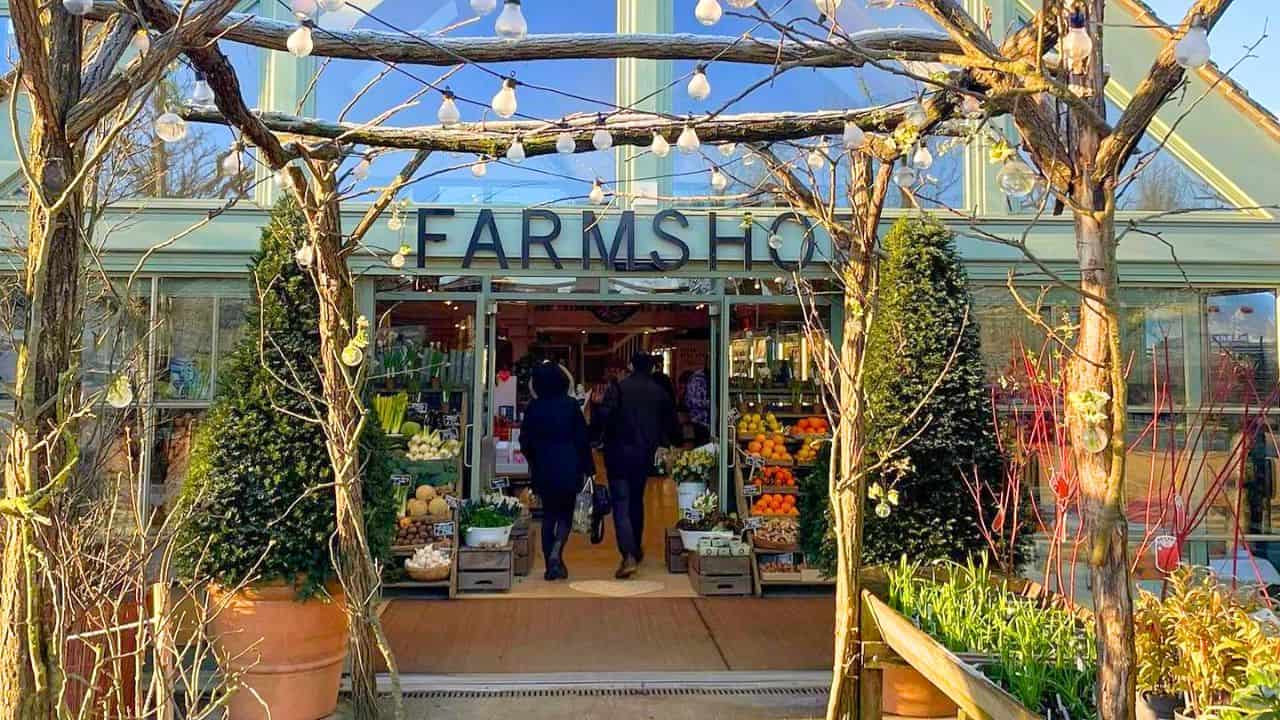Considering the current state of the natural world and ongoing climate changes, putting an active effort into learning how to increase biodiversity has never been more important.
Our health, well-being, and economic prosperity are conditioned by the health and abundance of the plants and animals around us.
Biodiversity plays a critical role as it is the key element for maintaining natural balance amongst species.
Read on to find out more about what it is and how we can protect biodiversity both at home and across the globe.
Exploring Biodiversity & EasyTips To Get Started
Why Is It Important to Learn How To Increase Biodiversity?
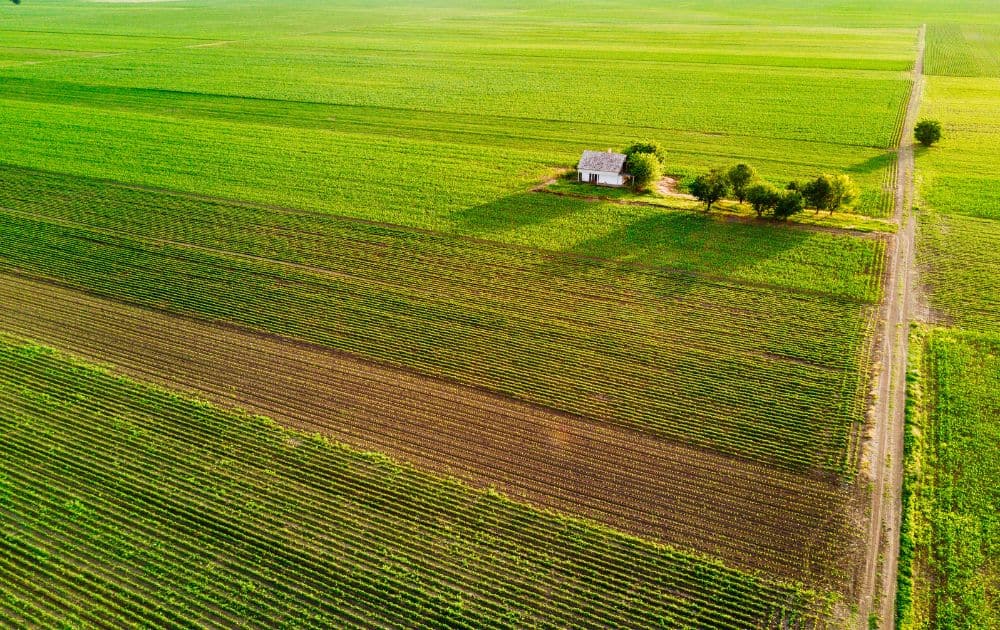
Biodiversity is short for ‘biological diversity’, and it refers to the variety of life on Earth, including animals, plants, fungi, humans and microscopic organisms.
It’s a complex web which has been developing over millions of years. The balance of organisms constantly shifts with species evolving or becoming extinct and other species forming.
If the biological balance is upset, at best we get an increase of pests and diseases as sets of species take dominance.
At worst, it can lead to the collapse of food systems and ecosystems, mass extinctions and a threat to our survival.
What Are The 3 Factors That Increase Biodiversity?
Biological diversity’s complexity can be divided into three levels—species, genetic, and ecosystem diversity.
Each one is intrinsic to the other, so they can’t be separated. A change to one level affects the others so they all have to be healthy to increase overall biodiversity in an ecosystem.
So, what do these levels mean?
‘Species’ refers to a group of organisms with related characteristics that can reproduce with each other.
‘Genetic diversity’ is the genes species inherit from their parents and impacts how well an individual organism adapts to their environment.
‘Ecosystem diversity’ applies to different groups of species forming communities and interacting with each other.
How can an increase in biodiversity lead to an increase in ecosystem stability?
To keep it simple, biodiversity conservation is the best way we have to restore balance to nature. Greater species diversity increases an ecosystem’s resilience in the face of diseases, pests, weather and even climate change.
A balanced ecosystem gives us stronger and more nutrient-rich food sources alongside a healthier environment and cleaner air. It also requires less human interference as it’s able to be self-sustaining.
Whether we like it or not, humans depend on stable ecosystems to survive. Biodiversity is healthy for all.
How To Increase Biodiversity Of Damaged Ecosystems

First, identify the local ecosystem and the source of the damage. There may be more than one depending on the previous land use.
Fields and farmlands may suffer from soil erosion or may be contaminated with fertilizer and pesticides after intensive agriculture use. Waterways like rivers and lakes may be depleted due to overfishing, pollution and irrigation.
Neglected wild spaces and beaches may be used as a dumping ground for litter and waste. Urban spaces may be ‘ecological deserts’ devoid of nature due to the impact of urban development and infrastructure.
You may need to run some tests with an environmental expert to understand the root cause of the issue and work out your next steps.
Understand that restoring biodiversity loss takes time. Depending on the extent of the damage, it may take years or even decades to rebuild.
You may not see the ecosystem in its full glory in your lifetime but you will still leave a lasting legacy.
How To Increase Biodiversity In Forests
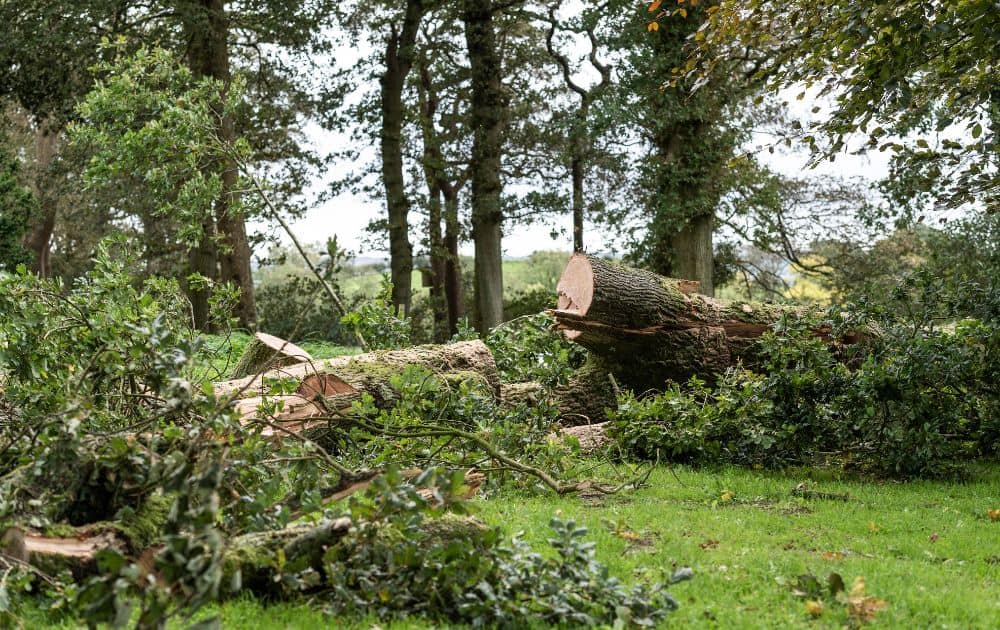
It depends on the location and forest conditions but it could look like diversifying the range of habitats within a forest by increasing native tree and shrub species and removing invasive non-native species.
Cutting down trees might seem counterintuitive but thinning canopies is vital for forest health. Coppicing is a traditional woodland management technique which has been used since the Stone Age.
It involves cutting the tree at the base of the trunk to allow sunlight to reach the forest floor. This provides space for other plant life to grow and thrive.
A coppiced tree isn’t dead. Young, tender shoots grow from the stump and the tree regenerates itself over time.
For the first few years after a tree is coppiced, they are vulnerable to deer and other grazers. Young forests or native trees must be protected with deer-proof fencing, particularly in environments where deer have limited or no natural predators to manage their numbers.
How To Increase Coastal Biodiversity
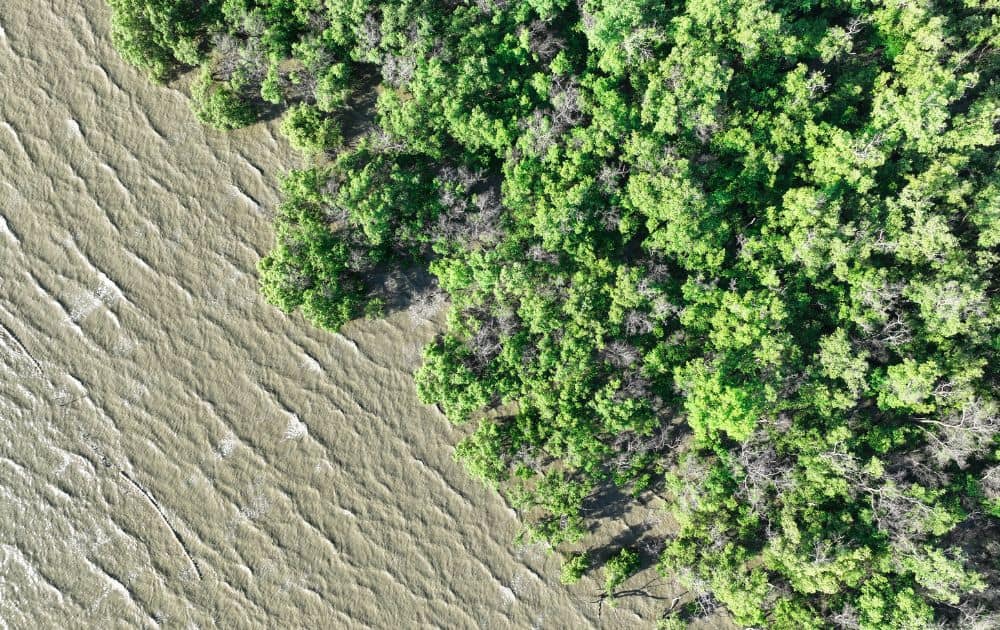
Coastal biodiversity includes three key habitats: terrestrial ecosystems like beaches and cliffs, transitional waters such as mangroves and estuaries and the marine environment.
Overfishing, plastic pollution, oil spills, global warming, irrigation and toxic chemicals have all contributed to biodiversity loss in marine and coastal areas around the world.
Many coastal communities are also combatting the threat of rising sea levels by creating artificial coastal barriers out of cement with devastating effects on wildlife. In the US, more than 14,000 miles of coastline are covered in concrete.
An innovative green infrastructure called ECOncrete could be a solution. Instead of a smooth wall, the bio-based, carbon-neutral concrete has a textured surface for marine life to inhabit.
Elsewhere, protected marine parks and no-fishing zones can be an effective way to help restore endangered species, leading to overall ecosystem preservation.
Nature reserves and protected areas around important breeding grounds for seabirds and other wildlife are useful for monitoring numbers and ensuring breeding success.
To be successful, they may need rangers and fenced-off or sign-posted areas as well as educational outreach to residents.
How To Increase Biodiversity In Your Home
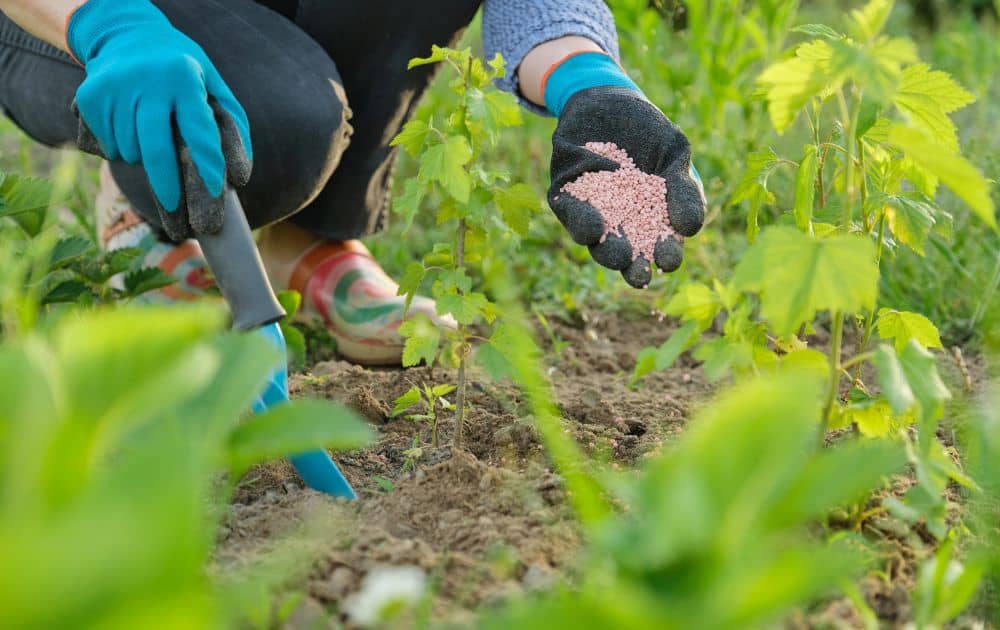
Understanding biodiversity on a broad-scope theoretical level is important—especially because it helps us understand why protecting biodiversity is so important—but it’s only part of it.
Because as much as we might want to single-handedly save the environment, it begins with the seemingly simple choices we make at home.
In this case, it starts with learning how to increase the level of biodiversity in your backyard.
1. Use Natural Fertilizers And Pest Control
Instead of using artificial mineral and liquid fertilisers, protect local biodiversity by choosing organic alternatives like manure and homemade compost.
These products can provide all the necessary nutrients for proper plant growth, without consequences for the environment or native species.
There are a variety of environmentally safe pesticides – from the newest biological solutions to old faithful copper and sulphur fungicides.
Prevention is the best way to deal with pests and diseases, so keep your plants well-groomed and regularly check them for unwanted visitors.
2. Focus On Native Plant Species
Plants thrive in their native habitats, as it is the environment they are adapted to, where the climate and soil are ideal for their growth and development.
They also form symbiotic relationships with other native species, which help them spread their seeds or fight off certain pests and diseases without human intervention.
For example, some species of trees release stress signals, which attract parasitic wasps to lay eggs in the caterpillars that feast on their leaves.
These signals are specific, so they will be answered only if the plant grows in a habitat where the parasitic/predatory insect is present.
3. Attract Pollinators And Other Insects
What naturally increases biodiversity?
Bugs! Those creepy crawly marvels that carry so many delicate ecosystems on their tiny chitin backs.
That’s why biodiverse planting is typically centered upon one core goal: helping beneficial insect populations prosper.
Modern lifestyle has brought an insect phobia into our culture, making us believe that almost every six-legged creature with antennae is potentially harmful, but the truth is very different.
A greater variety of insect species will ensure a better natural balance in the garden and prevent a single species from becoming too dominant.
Insects account for 80% of animal life on Earth. They form the basis of our food chain, pollinating our crops, maintaining our ecosystems and providing a source of nutrition for other animals.
Yet, the global insect population is declining at a rate of 2% per year.
40% of all insect species are declining, an extinction rate 8x faster than any other species.
Adding native plants to your backyard is the best way to attract priority species such as pollinators and pest controllers.
To create an insect-friendly outdoor space, research your local ecosystem and identify native pollinators like bees and butterflies.
Butterflies tend to like flowers rich in nectar and host plants for their larvae. Bees love nectar and pollen.
Some examples of what you could do in your yard to increase biodiversity include using a bloom calendar to plant a variety of flowers that bloom at different times of the year.
Flowerbeds with a good mix of plant biodiversity will create a natural structural variety in your garden, offering ample opportunities for insects to forage, nest and hide from predators.
Adding similar types of plants in clumps will also help insects conserve energy and enable them to make the most of their nectar harvest.
4. Add An Open-Water Source
Adding a pond or any other open source of water is a key way to increase biodiversity in your garden as it will attract birds, insects and other local wildlife.
If you have space and resources to make a pond in your backyard, you can also add some aquatic plants, fish and amphibians which will further promote biodiversity and attract more species.
If you are concerned that mosquitoes might use your pond to lay eggs, you can lure natural predators like dragonflies which eat the larvae.
5. Set Up A Bird Feeder And Insect Hotel
Bird feeders are a simple way to encourage birds in your backyard. Birds like to feel safe so make sure your feeding station is close to trees or fences.
Set it up away from your house so the birds don’t get scared off or fly into windows. Add levels to attract different types of birds and a bird bath so they can stay hydrated.
Don’t forget to fill your bird feeders with high-quality birdseed and clean them out every few weeks.
Why not add a bird box to your trees or create an insect hotel which can provide shelter for all kinds of creatures during the winter?
6. Maintain Your Garden
A biodiverse garden is still a well-maintained one. Most healthy ecosystems need a little help now and again.
Learn how to increase biodiversity in your garden by pruning plants so there’s a balance of sun and shade.
Anything that’s blocking light and preventing other plants from growing may have to be pruned or removed.
Watch out for invasive species like Japanese Knotweed and try to use prevention rather than cure for pests like slugs and aphids.
Other Ways To How To Protect Biodiversity Beyond Your Backyard
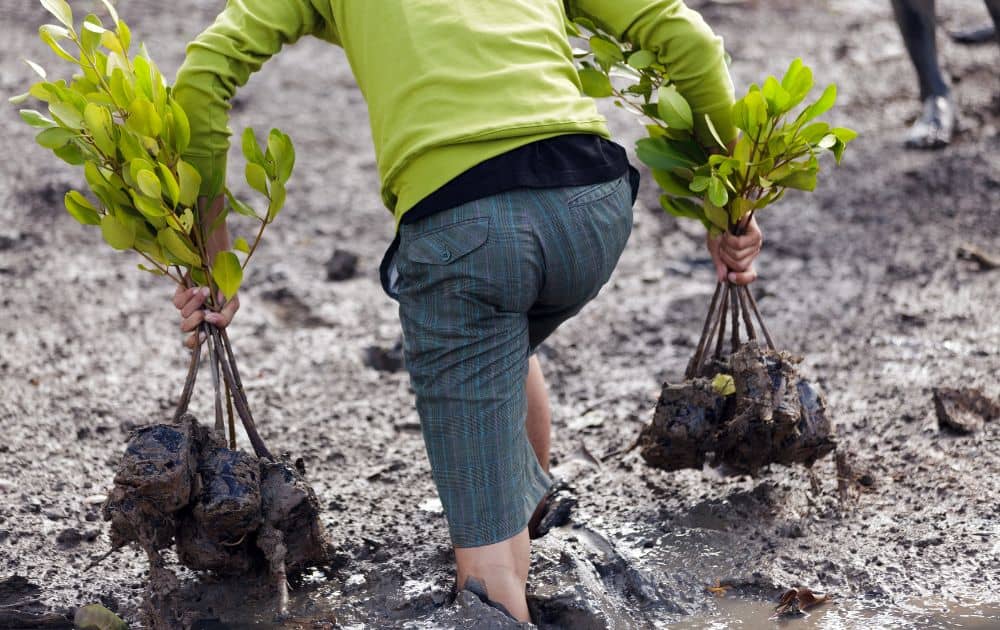
1. Avoid Peat-Free Compost
It doesn’t make sense to damage one important ecosystem just to fill another.
That’s exactly what peat compost does. Peat bogs are vital carbon sinks, sequestering over 0.37 gigatonnes of CO2 a year globally.
They also provide a rich, biodiverse ecosystem with rare mosses, insects and wildlife not found anywhere else.
Peat’s ability to retain water and nutrients makes it ideal for compost, but it’s contributing to the loss of some of the world’s most vital ecosystems.
So, always use peat-free compost.
2. Support Local Tree Planting And Rewilding Projects
Research charitable schemes that are working to restore or rewild natural ecosystems and support them by donating or volunteering your time. This could be local projects or national and international charities.
Start by having a look at Rewilding Earth, an in-depth resource on restoring natural ecosystems in the United States.
Re:wild is an organization founded by environmental scientists and Leonardo Dicaprio to bring key changemakers together and support biodiversity projects on a global scale.
An example of community-led marine habitat restoration is Seawilding, a non-profit restoring native oysters and seagrass in Scotland’s sea lochs.
3. Eat Seasonal & Organic Produce
According to the UN Environmental Programme, “Our global food system is the primary driver of biodiversity loss.”
So, how can we protect biodiversity through our diet?
Eat organic fruits and vegetables as they haven’t been cultivated using pesticides and fertilizers which have a devastating effect on insects.
Organic food helps improve soil health, encouraging healthy plant growth both for crops and the surrounding natural landscapes.
You don’t necessarily have to go vegan but a plant-based diet of wholefoods is much healthier for you and the planet.
The climatarian diet focuses on seasonal produce grown by farmers local to you. This cuts down carbon emissions in transport and gives you naturally better nutrient-rich food.
Check where your food comes from and whether or not it’s contributing to deforestation, environmental degradation or destruction of natural resources. Foods to avoid include palm oil, beef, avocado, banana, milk and soya.
Unsustainable fishing (both farmed and wild) also contributes to the decline in marine biodiversity.
4. Thrift Or Buy Organic Clothing
Much like our food systems, what we wear has an impact on biodiversity. Synthetic fibers like polyester and nylon produce a high amount of fossil fuels in manufacturing.
Toxic chemicals in dyes pollute waterways with carcinogenic chemicals and turn them black. At the end of their life cycle, clothes are tossed in landfills where they leach chemicals into the environment.
Natural fibers like cotton, while biodegradable, could still be contributing to biodiversity loss if they’ve been grown using synthetic pesticides and fertilizers.
Try to buy second-hand clothing from thrift stores or if you have to buy new, choose clothes made from certified organic natural fibers.
5. Advocate For Local Wild Spaces
Biodiversity thrives if nature is taken care of.
So, get outside and explore your local green spaces. Find a way to develop a deeper appreciation for nature, whether that’s hiking, cycling or camping.
The more we appreciate nature, the better custodians we make.
Advocate for nature by finding out how to increase biodiversity in urban areas around you.
Share your local biodiversity tips with friends and families and report any invasive non-native species or injured animals. Clean up beaches, national parks and anywhere that’s a habitat for plants and animals.
Be a climate advocate and help protect trees and local ecosystems. Write letters to your elected official regarding responsible urban development and vote in support of the climate during elections.
Closing Thoughts On How To Increase Local Biodiversity
How can humans help protect biodiversity in the ecosystems around us?
If you’re not a landowner or a government body, you can feel powerless in the face of declining biodiversity.
Increasing biodiversity in depleted ecosystems is a mammoth task which faces complex challenges from policymakers, industries and other human activities.
However, there are ways to put nature first in your lifestyle. While they may seem small, they can make incremental changes to the health of our planet.
From gardening with native plants and a local diet and organic clothing and supporting green spaces, the choices you make can empower you in the fight for ecological preservation.







